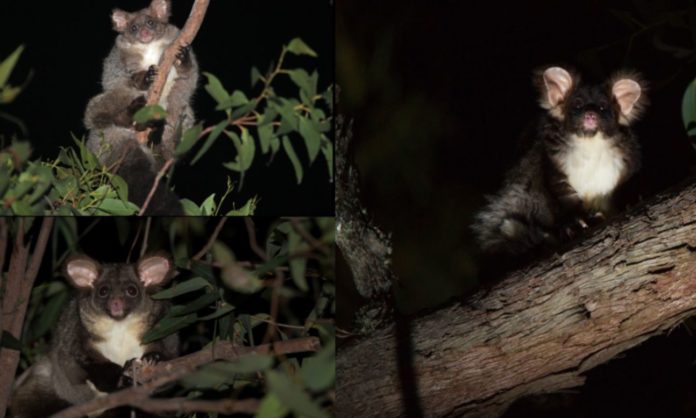Until now it was believed that the greater glider was a single species of marsupial, but a genetic study has revealed that it comprises three different
Genetic research has identified two new species of marsupials in Australia. Until now it was believed that there was only one species of the greater glider – a mammal capable of extending a membrane to ‘fly’ between the trees – but after analyzing samples taken throughout the oceanic country, scientists from the Australian National University, James Cook University, the University of Canberra and the Commonwealth Scientific Organization have concluded that there are three different ones.
All of them are about the size of a cat, are nocturnal and have fluffy fur that gives them the appearance of stuffed animals. They feed on eucalyptus leaves and are capable of gliding up to 100 meters using their tail as a rudder.
However, the differences in size and physiology between some specimens and others made biologists suspicious. After sequencing their DNA, it can be stated that Petauroides minor and Petauroides armillatus are not subspecies of Petauroides volans. The former has a smaller skull and lighter fur, while the latter appears to have a more pronounced muzzle and larger, more rounded ears.
“Australia’s biodiversity has become much richer. New mammals are not confirmed every day, let alone two new mammals,” celebrates Professor Andrew Krockenberger of James Cook University.
The counterpart is that there is even more concern about the conservation of one of the gliders, whose survival was already threatened by logging, forest fires and global warming.
“This also means that we know next to nothing about those other two species. If we don’t start to solve these clues, we could end up losing them,” in Yougentob’s words.
“The knowledge that there is now genetic support for multiple species, with distributions that are much smaller than the range of the previously recognised single species, should be a consideration in future conservation status decisions and management legislation”
Dr Youngentob concludes.
